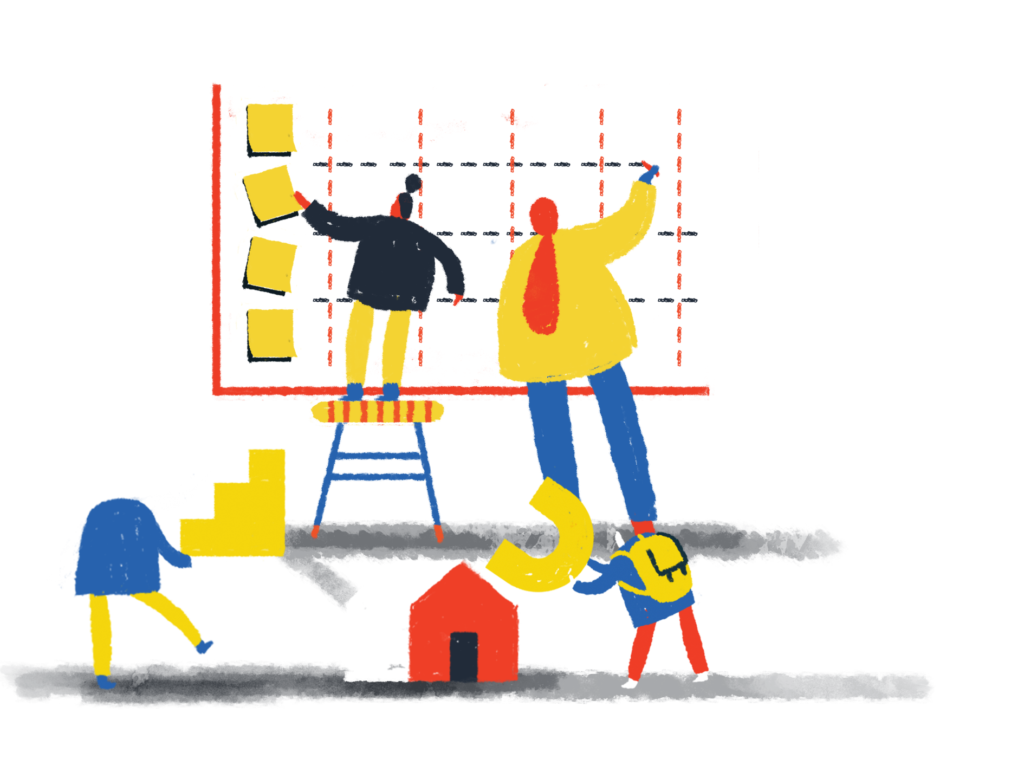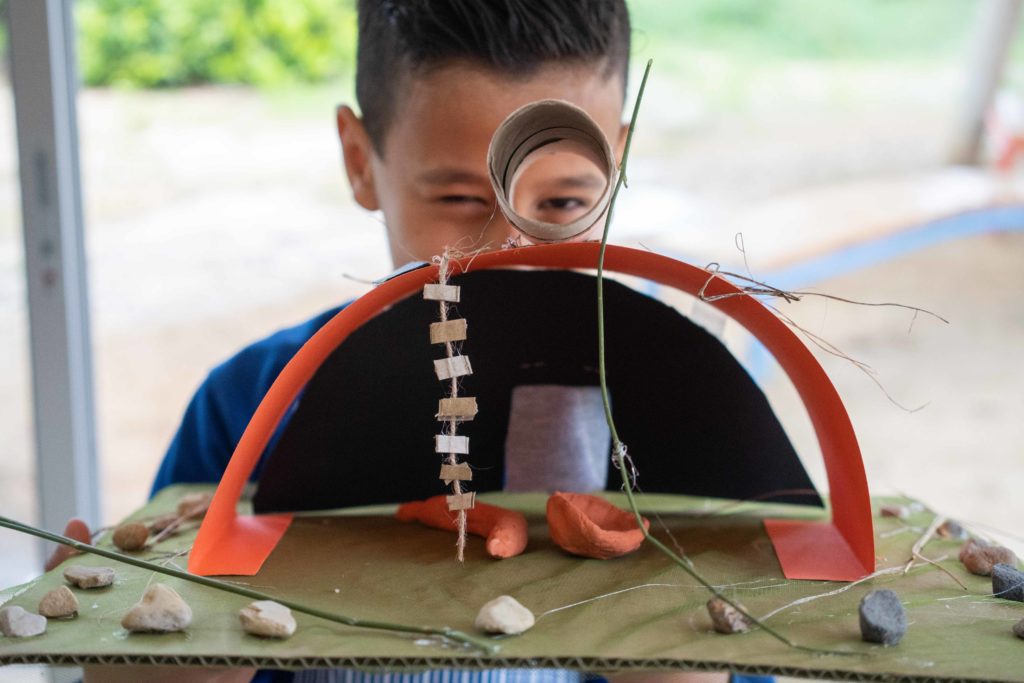
Key points
Children must be at the centre of the co-design process.
The process of designing spaces with children requires careful planning and the preparation of tools appropriate to the context and the participants.
Children should be engaged through play, ensuring activities are fun and enjoyable for them.
The process must equip children with the knowledge needed to fully participate.
Good facilitation is key for successful participatory engagement.
Design should deliver solutions that address the needs of children and other residents. At this point in the process, it is likely that the main function(s) of the built intervention has already been identified, for example: school, playground, public space, sports centre, nursery, multi-use children’s centre, etc. In order to move towards co-designing the intervention, practitioners should work closely with children, youths and adults within the local communities who will be using the space. Context specific analysis and a high level of participation are key components of sustainable, practical and innovative solutions. These can then be realised through the combined expertise of designers and users.

As discussed in the Key Concepts section, play is fundamental to children’s development and wellbeing. This means that play should be the main approach to children’s engagement throughout all phases of the co-design process, ensuring that children participate in a positive, fun experience.



